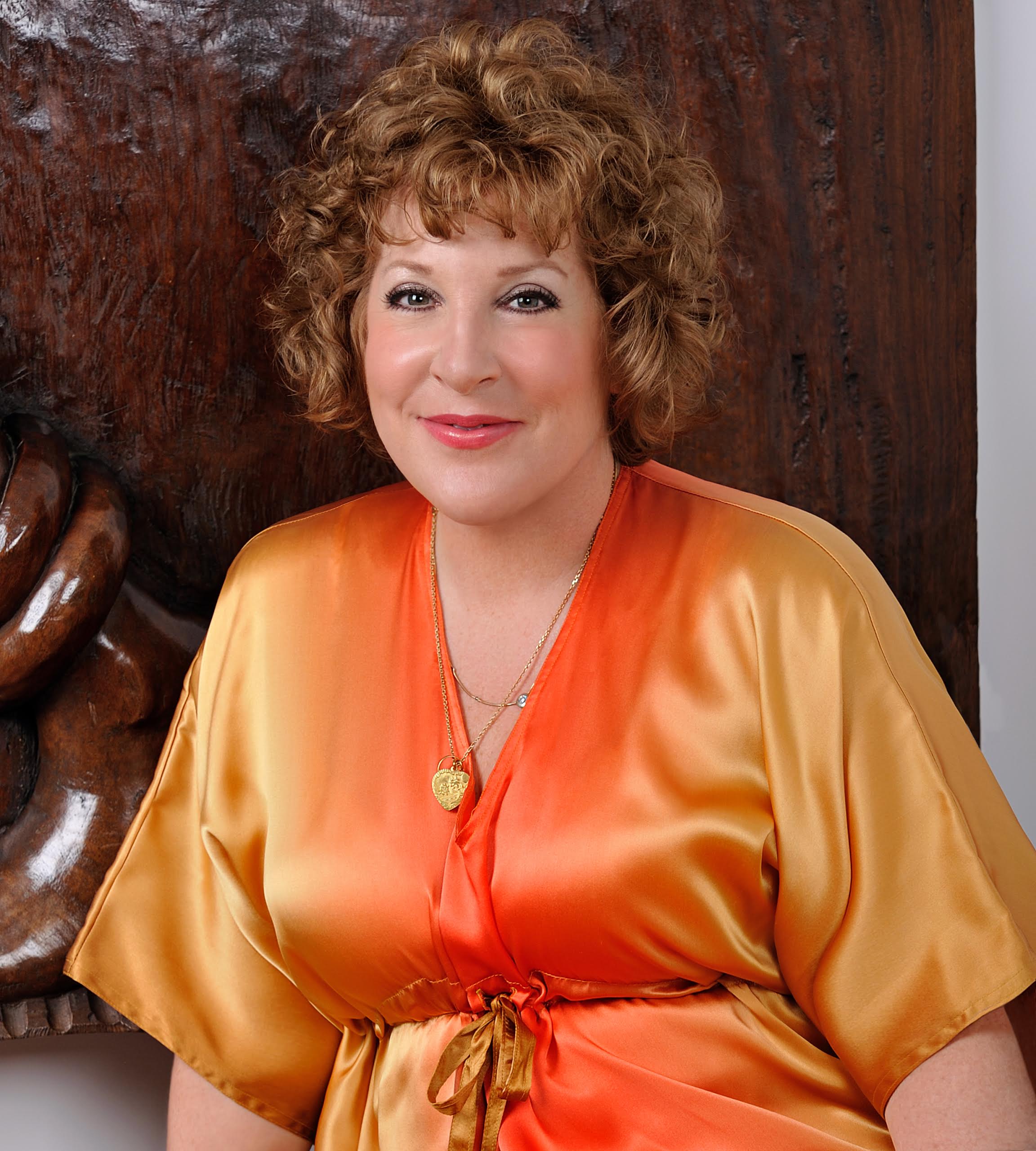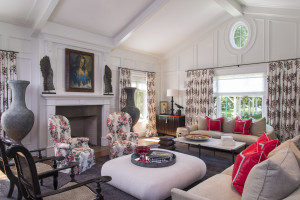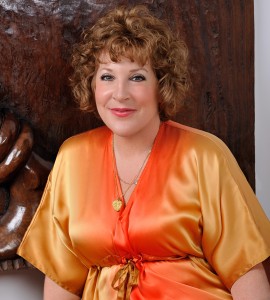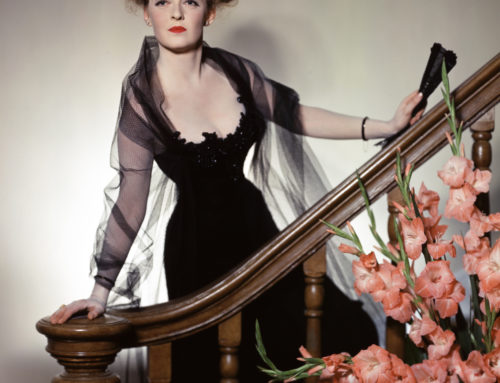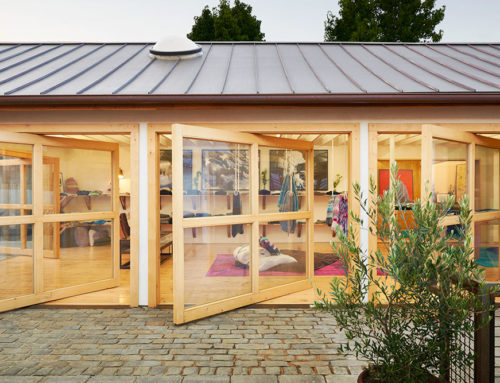Emmy Winning Designer Bases Work on Storytelling
(Second in an occasional series of conversations with L.A’s leading architects and designers)
Film and television set decorators work in a world of fictional characters. Interior designers deal with real people.
But when it comes to design, Emmy Award-winning Melinda Ritz knows that it’s all about telling a story, whether for a TV series or a flesh-and-blood client in a Beverly Hills Spanish Colonial home.
“Just as set decoration is an extension of the characters in a television show, a home for a real client should reflect the owner’s character and is a reflection and extension of what the client wants to communicate to the outside world,” she says.
Melinda received seven nominations and three Emmys for Art Design for her work on all eight seasons of the groundbreaking sitcom “Will & Grace” (1998-2006). Although she has fond memories of the show – and its writers, cast, crew and everyone involved – she has devoted most of her attention since then to her own interior design practice, Melinda Ritz Interiors, which she formed in 1996.
She has designed homes, properties and interiors for clients in Los Angeles and New York who want an expression of themselves revealed through the design of their homes.
“Interior design and decoration is a bold form of communication to all those who pay attention,” Melinda says. “You know the story the minute you step into the environment. Its design and arrangements are only about telling the story, never the trend.”
With a passion for narrative, and after 27 years dedicated to dressing hundreds of sets, Melinda developed an intuition about the characterization of characters written in scripts.
“That intuition was transferred to an ESP-like sense of design that helps my clients reveal their story, which can be executed by finding the right elements and feelings that make people happy and relaxed in their own environments,” she says.
Using that intuition as a jumping off point, she develops personal profiles and in essence creates a backstory for clients that is then accentuated and highlighted to form a personalized experience throughout each room in the home.
It’s not surprising that biography plays a key role in her professional practice. Her own life’s narrative is made up of a series of stories that could themselves be treatments for sitcoms.
Her father was an entertainer/comedian whose vaudeville song and dance trio, The Ritz Brothers, started in New York and later moved to Los Angeles and Las Vegas. In what was surely a child’s fantasy life, she spent two years, from 4 to 6, living with her family in Caesar’s Palace, with birthday and pool parties right at the resort hotel.
“If Eloise grew up in the Plaza, Caesar’s was my Las Vegas version,” she says.
She spent her entire life in and around the Las Vegas Strip, often just going to visit a hotel to see how they designed it. “I thought all places had a theme and story line,” she says.
During college, Melinda met the star of “Attack of the Killer Tomatoes,” who introduced her to the producers of that film, and within a week she was on her first motion picture, quite by accident.
“My entre introduction to the film business was first as a set production assistant with orders to go pick up the actors at the airport and then the next day, they made me costume designer,” she says.
“So, I ran to Sears and bought a bunch of stuff and told the actors to put them on,” she says. “That’s all I knew about costume design and so I hacked my way through that to fall in love with the business and that was that.”
But she found she felt uncomfortable touching people – required of costume designers – but loved the energy found in working on a set. On the next movie, she met the set decorator, and landed the job as assistant or buyer for set dressing.
“I said, ‘What the heck is set dressing?’ I sincerely thought they just found a location and shot the place, house or store exactly as they found it,” she recalls. “It was so weird to know they actually designed and planned what you saw through the lens of the camera. I had no idea someone got paid to buy junk and move stuff around and make it look like something.”
But that bit of serendipity launched her set decoration career in feature films, commercials and sitcoms, including “Boston Common,” which led to “Will & Grace.”
“I learned on ‘Will & Grace’ the art of making things look timeless,” she says.
Although she now concentrates primarily on interior design, she still has connections to the world of TV – for example, she serves on the board of the Set Decorators Society of America and is a member of the Academy of Television Arts and Sciences.
Regardless, she is a shining example of what lies at the heart and soul of virtually every designer: storytelling. I’m proud to call her my friend, and I’m grateful she has inspired me and so many others.
Eleanor Schrader is an award winning architectural and interior design historian, professor and consultant who lectures worldwide on the history of architecture, interiors, furniture, and decorative arts. Follow her on Facebook and Twitter.



